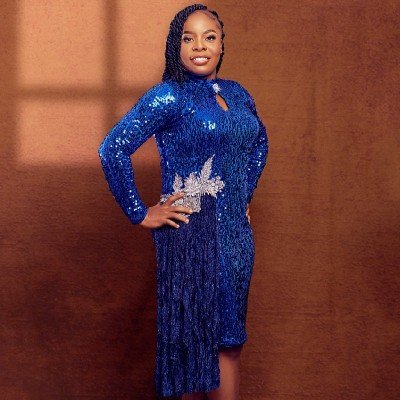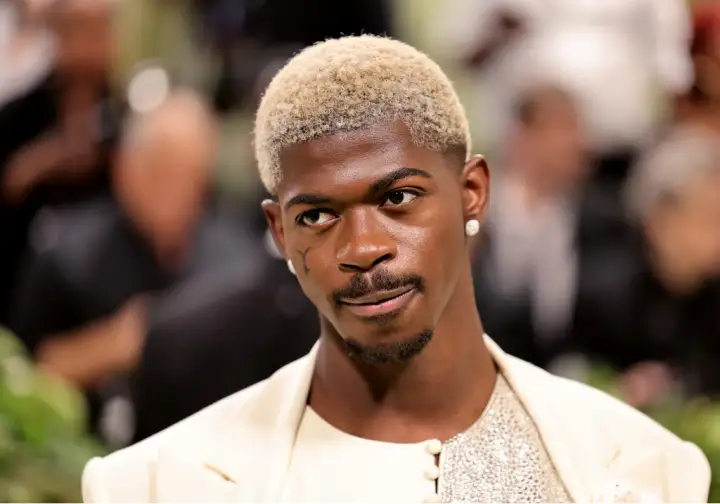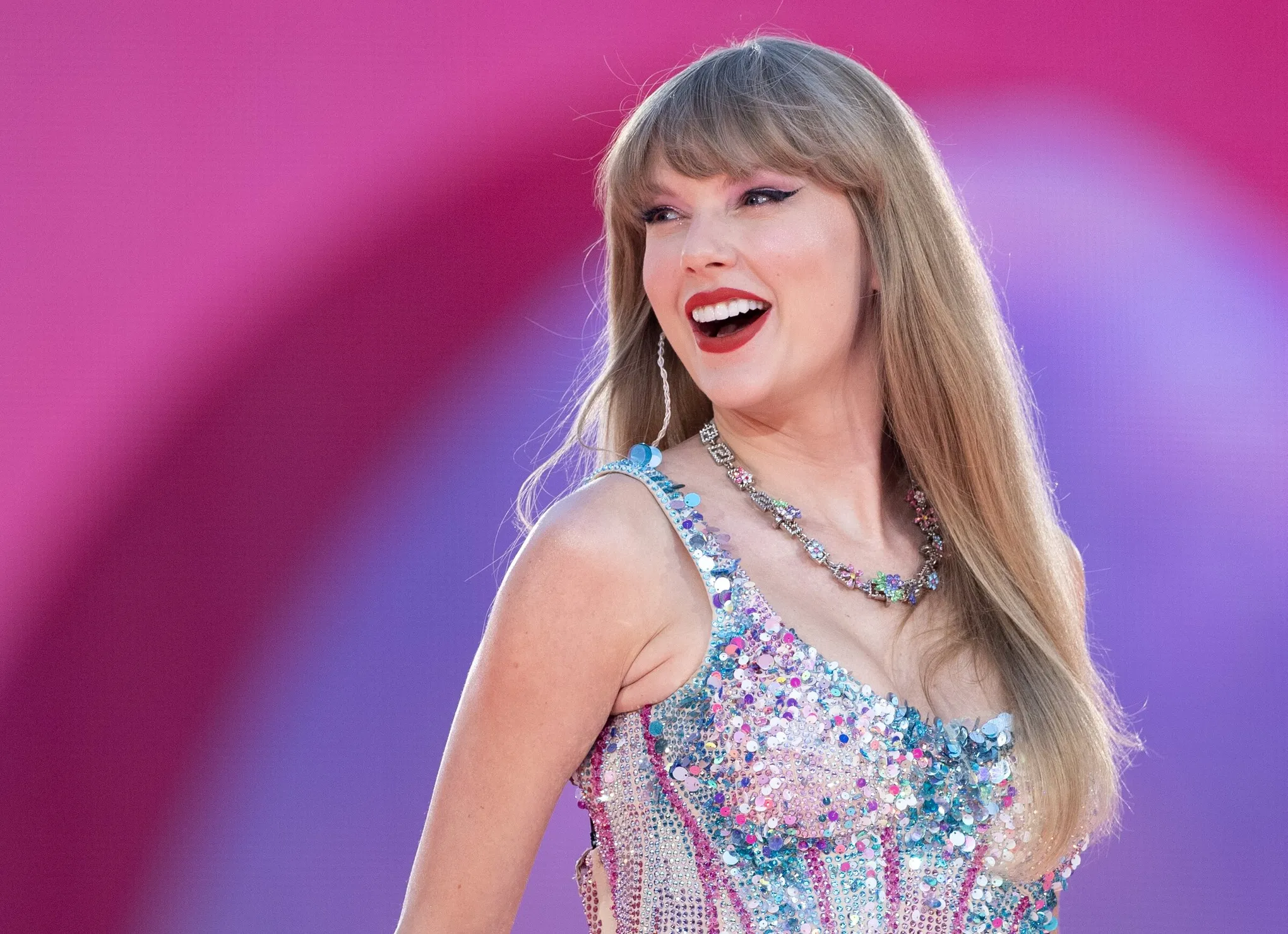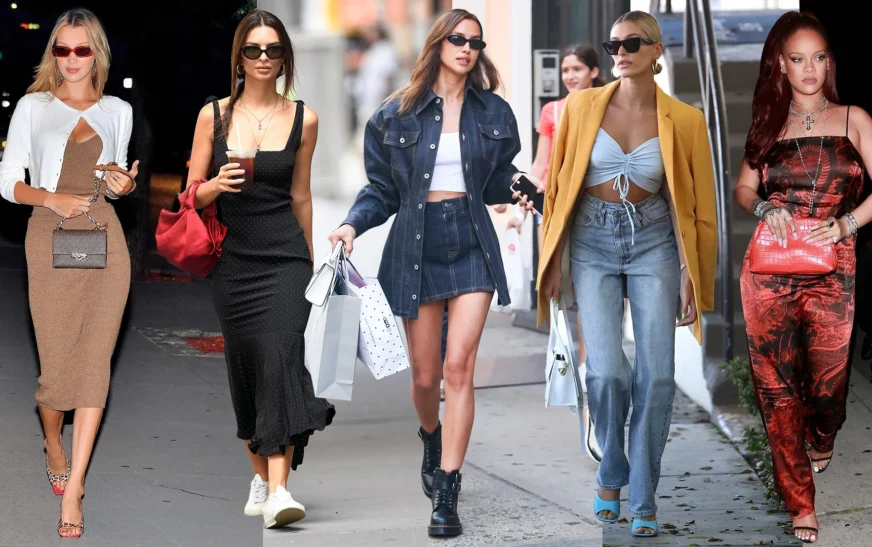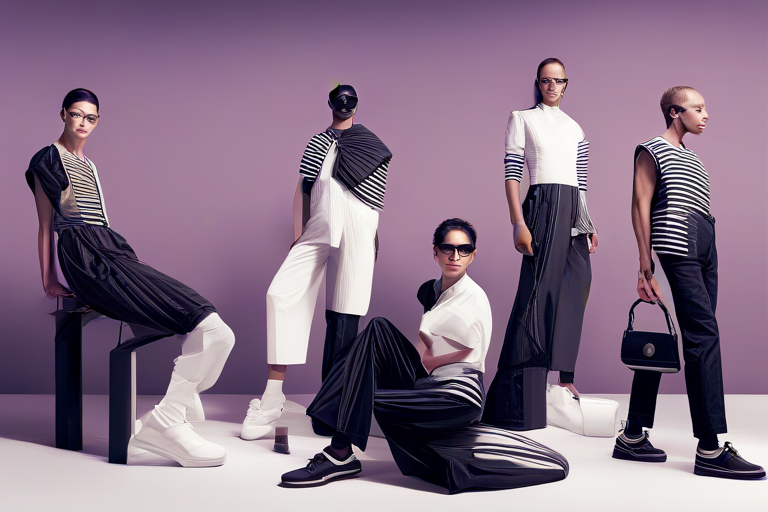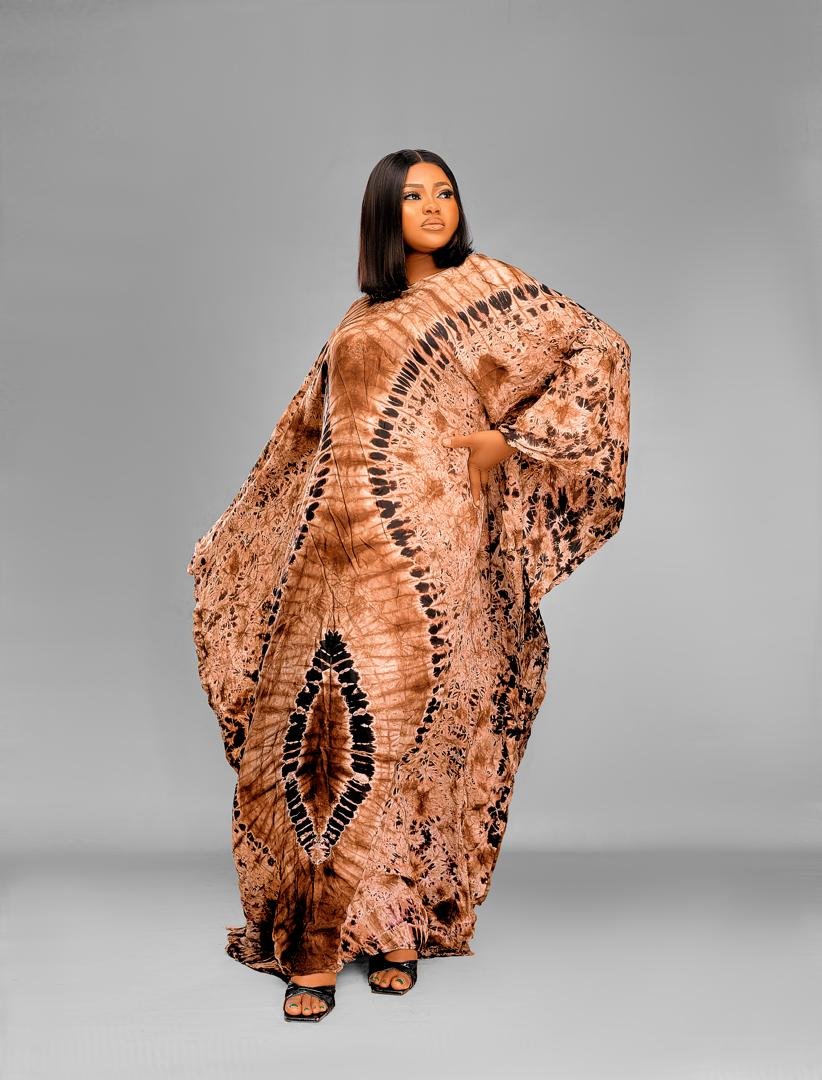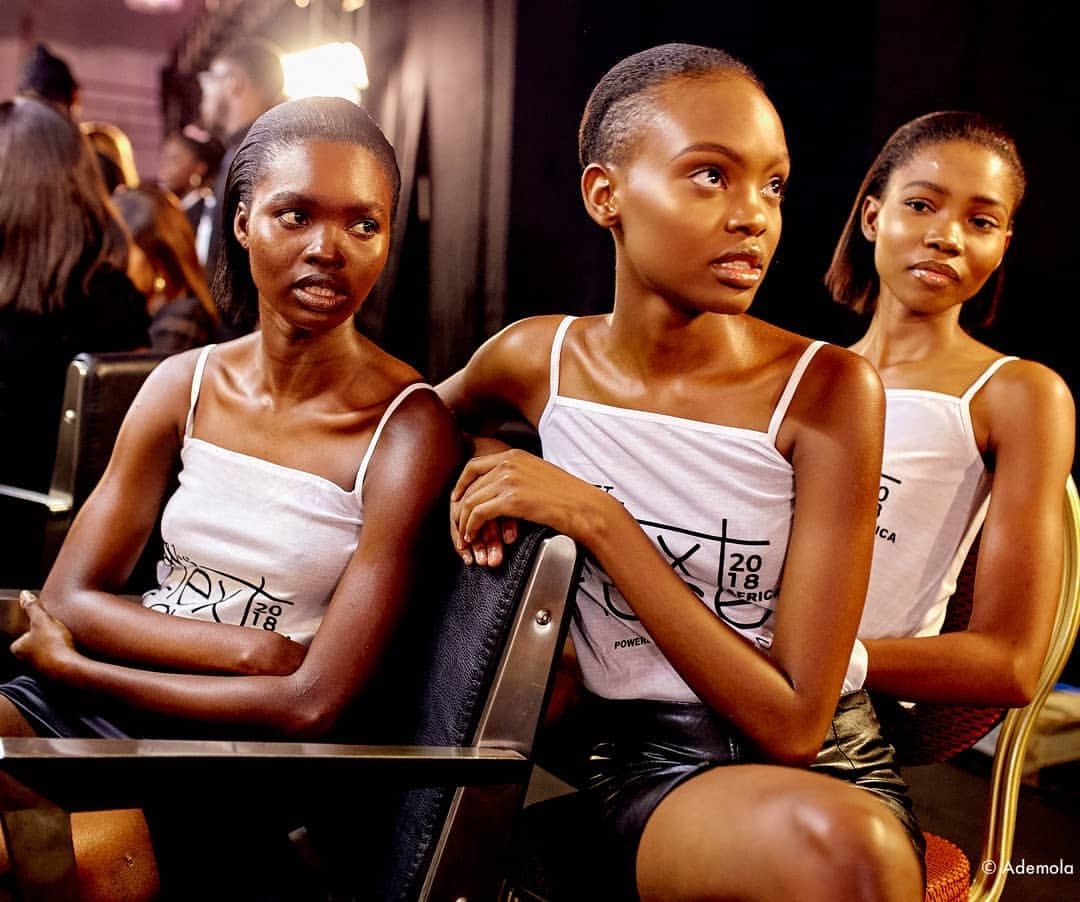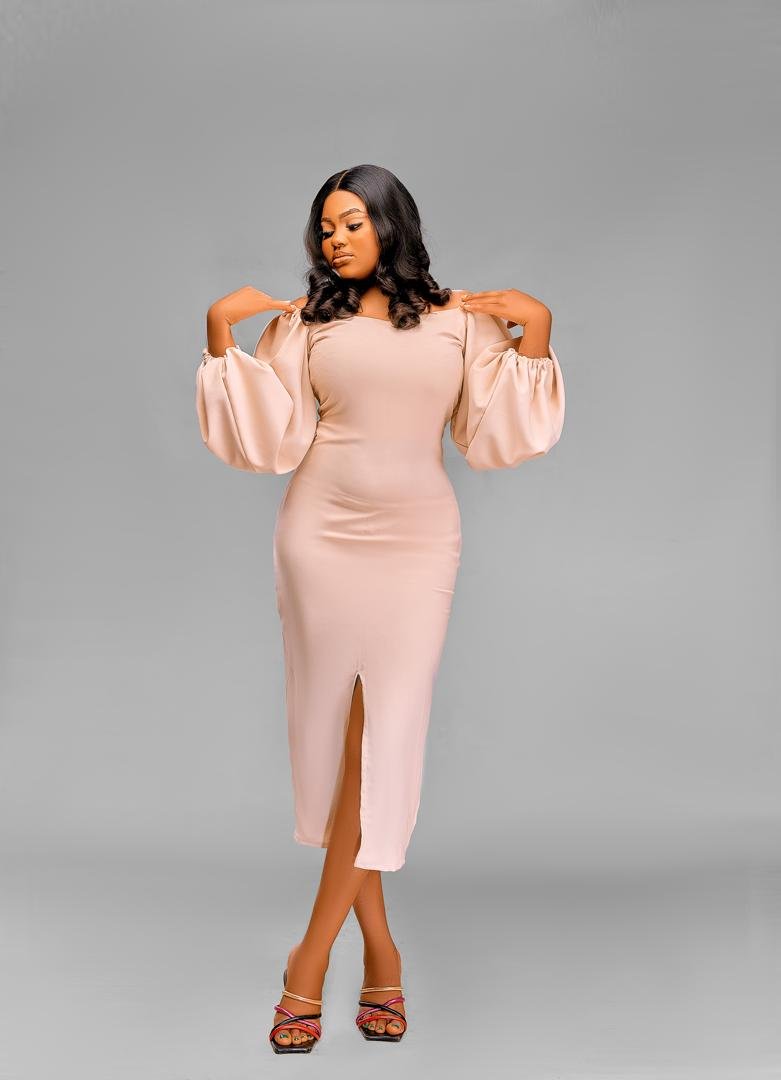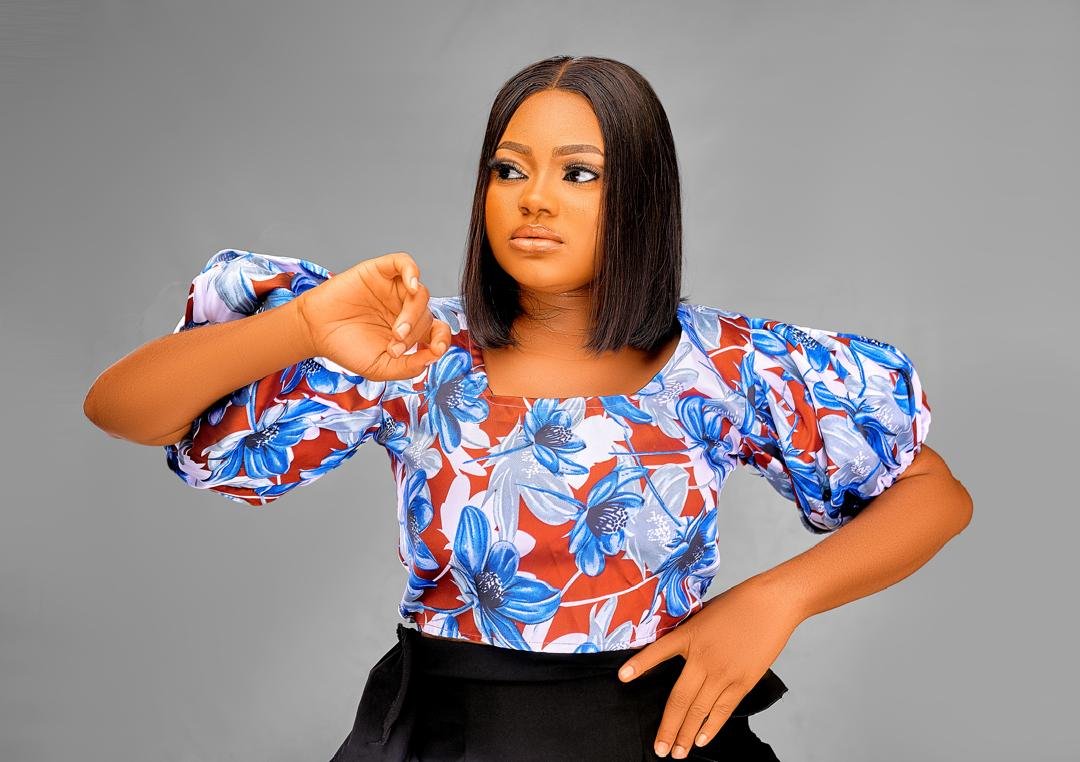By Grace Ifunanya Ariwodo
In 2024, the convergence of technology and fashion is no longer a futuristic concept it’s a rapidly growing reality that’s reshaping the way we think about clothing and accessories.
Wearable technology has evolved from simple fitness trackers to sophisticated, stylish pieces that integrate seamlessly into daily life.
This rise in wearable tech is not just about convenience; it’s about enhancing the human experience through fashion-forward designs that blend functionality with aesthetics. Here’s how wearable technology is making waves in the fashion world this year.
- Smart Fabrics and Textiles
One of the most significant advancements in wearable technology is the development of smart fabrics and textiles. These materials can sense and react to the environment or the wearer’s body, making clothing more interactive than ever before. For example, Google’s Project Jacquard has introduced a line of garments that allow users to control their devices through gestures made on the fabric. This technology has been incorporated into everything from denim jackets to backpacks, offering a new level of convenience and connectivity.
Another innovation is self-regulating fabrics that can adjust to temperature changes. Companies like Ralph Lauren have introduced jackets that can warm up or cool down depending on the weather, powered by small, unobtrusive batteries. These advancements in smart textiles are making everyday clothing more adaptable and functional.
- Wearable Health Tech
The integration of health-monitoring technology into fashion has seen exponential growth in 2024. Apple continues to lead the charge with its latest Apple Watch, which now features advanced health metrics like blood oxygen levels, ECG monitoring, and even body temperature sensing. But it’s not just about wristwear anymore—other brands are embedding similar technology into clothing.
OMsignal is one such company, offering a line of biometric clothing that monitors vital signs, posture, and activity levels. Their smart shirts and sports bras are designed for athletes and health-conscious consumers, providing real-time data that can be synced with a smartphone app for detailed analysis.
- Fashion-Forward Smart Accessories
In 2024, wearable tech isn’t just functional—it’s fashionable. Brands like Fossil and Samsung are creating smartwatches that look as good as traditional luxury timepieces but offer advanced features like fitness tracking, notifications, and mobile payments. These devices are designed to be stylish enough to wear in both casual and formal settings, appealing to a broad audience.
Eyewear is also getting a tech upgrade, with companies like Ray-Ban collaborating with Meta to create smart glasses that allow users to take photos, listen to music, and make calls directly from their frames. These glasses are designed to look indistinguishable from regular eyewear, making them an unobtrusive yet powerful tool for everyday use.
READ ALSO: Top Honors for Zulaihat, Huriyya, and Nafisa at Humanitarian Awards Event in Abuja
- Augmented Reality (AR) and Virtual Reality (VR) Fashion
AR and VR are also becoming integral to the fashion industry, offering new ways to shop and experience clothing. Amazon has launched a virtual fitting room that uses AR to let customers try on clothes before they buy them online, reducing returns and enhancing the shopping experience. Meanwhile, luxury brands like Gucci are experimenting with virtual fashion shows that allow viewers to experience the runway in VR, bringing high fashion into the digital age.
This year has also seen the rise of digital-only fashion, where brands create clothing that exists purely in the virtual world. These digital garments can be worn by avatars in virtual environments or overlaid onto photos and videos using AR, offering a new way to engage with fashion in the digital era.
- The Future of Wearable Tech in Fashion
As we move deeper into 2024, the integration of technology into fashion is expected to grow even more sophisticated. Designers and tech companies are increasingly collaborating to create products that are not only innovative but also align with the aesthetics and values of modern consumers. Sustainability is also a key consideration, with a focus on developing tech that not only enhances our lives but also minimizes environmental impact.


